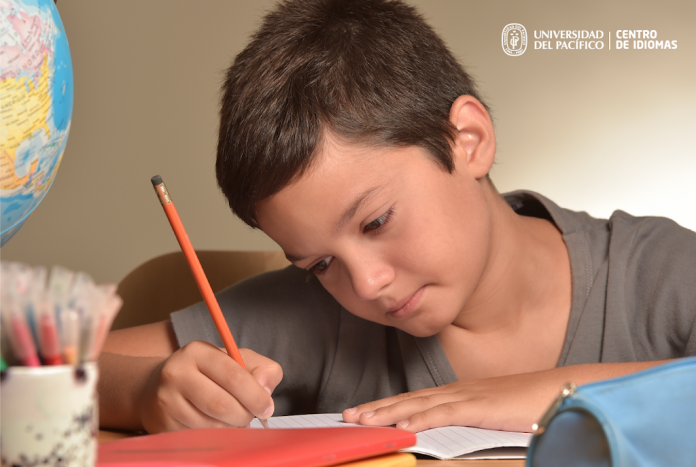For many parents of school children the students’ notebooks reflect the work they have done in class in a particular subject. Even some teachers equate a robust notepad with hearty work by instructors and students during the school year and that means, according to them, a successful and productive labor for all involved. But we deem that as an absolute falsehood which is particularly untrue in the case of the English course.
Colombian professor Luis Hernando Mutis Ibarra had told us: “…the notebook is a powerful educational tool: there is evidence of what the student can do of what he is learning and how he learns it. The notebook is a mirror of the work that the educator does in the classroom.” So he takes the notebook as proof of the work done in class, which is what many parents do. That leads us to believe that those parents do not trust their children’s teachers and they need to invigilate what they do. Not a very healthy attitude.
Professor Mutis ratifies this when he says: “On the one hand it is an instrument of evidence of educational work, in which the majority of parents, authorities and managers supervise the work of teachers, who are often guided by the culture of the hefty volume, that is, the larger ‘The more effective,’ or the more complete the notebook is and the more orderly it is, the more the teacher will have taught.
In the communicative approach, that in the English teaching world we still follow today, the same importance is given to oral skills as to written ones. Although, remember that the emphasis is placed on communicating. And it is undeniable that man’s main means of communication is the oral language and not the written one.
Now there is general agreement among linguists that the way to best learn a foreign language is by communicating in it, that is, transmitting ideas, desires, requests, opinions, news, feelings, etc. The way people normally do it, by talking to each other. So much so that now “Teacher Talking Time is minimized to facilitate more “Student Talking Time.” So the idea of a teacher writing on the board for the students to copy, or never ending dictation or other ways of fattening students’ notebooks are considered obsolete in the best of cases. Now students should talk.
And even then it doesn’t seem enough. Professor Martha Bartoli Rigol, of Universidad de Barcelona, warns us: “In the communicative approach, written language is still used as a support in the teaching of oral language and pronunciation.” Just remember that when a new word appears in the classroom, the first thing the teacher does is write it on the board. Consequently, students immediately read it and remember it with the sounds they know, those of Spanish. No wonder learners tend not to pronounce well and remember more the words as they are written rather than uttered.
So, fat notebooks that nobody is going to read do not either evidence communication or good language work. In a language lab students could exchange messages. That would be chatting, something that kids love to do and real communication practice. If a teacher doesn’t have access to those facilities he could device a scheme for interchanging handwritten notes, legalizing and sublimating something that kids sometimes do surreptitiously. And you can be sure they will be communicating in the target language!
Now is your turn
Are notebooks or workbooks the most important part of your English class?
References:
Bartoli, M. (2005) La pronunciación en la clase de lenguas extranjeras. PHONICA, 1). [Applied Phonetics Laboratory, Universitat de Barcelona]
Mutis Ibarra, L. Las Tareas y Los Usos Del Cuaderno. Retrieved from: https://es.scribd.com/doc/19480003/Las-Tareas-y-Los-Usos-Del-Cuaderno-doc
*Los mensajes y/o comentarios de publicidad u otra índole, no relacionados con el artículo, serán eliminados y reportados como SPAM*
Estimated reading time: 3 minutes, 14 seconds












What is the role of notebooks when teaching English? Do they really reflect how much we work in class? Enrique Rojas share his insights with us all.
Comments are closed.